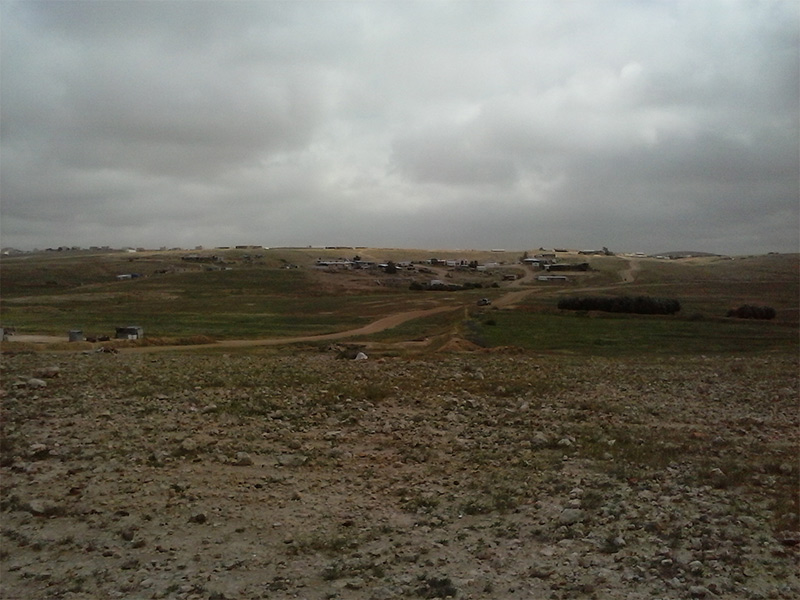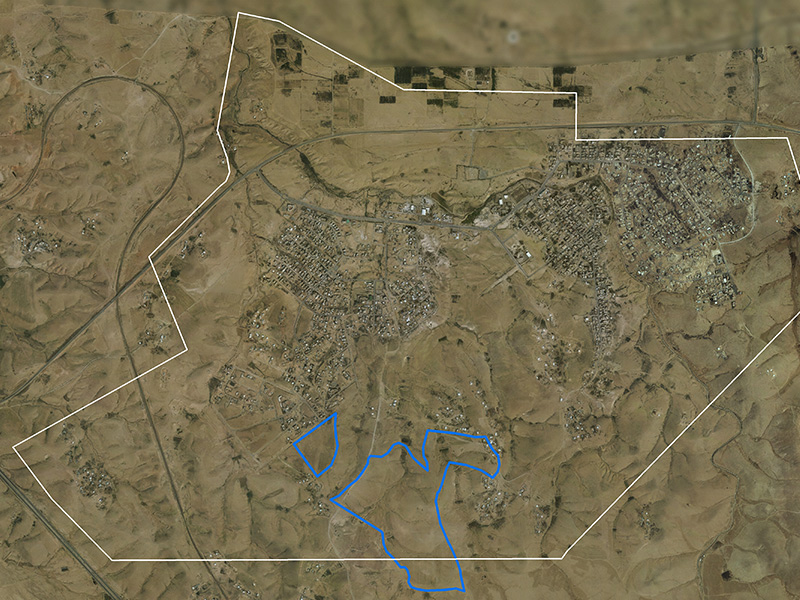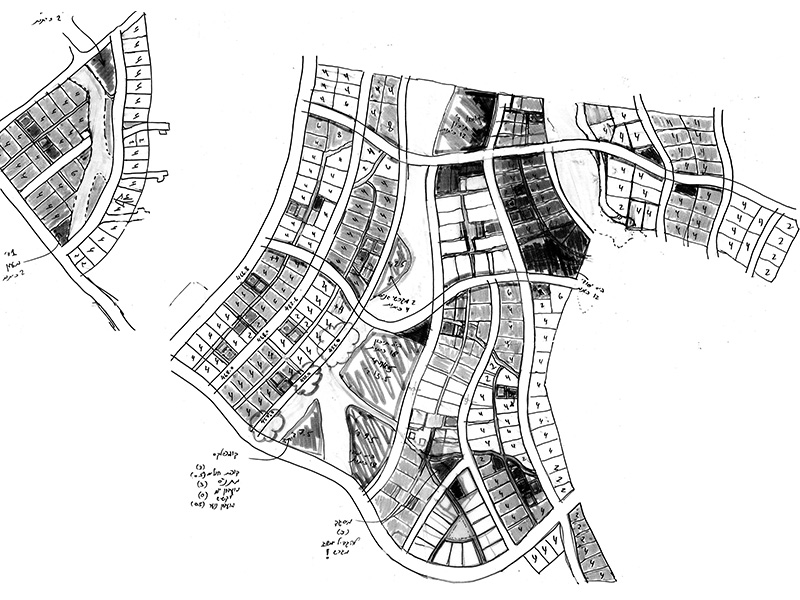State-owned lands are a rare commodity in some of the Bedouin communities in the Negev, and in many cases their absence acts as a barrier to development and to the ability to respond to the population’s natural growth. District 10 (Lot 700) is the last significant state-owned land division in the town of Ar’ara in the Negev, hence the irregular shape of the planning area. During the planning process a wide mix of housing was examined, to find the balance that would use the land resources most efficiently on one hand, and would suit the housing and residential patterns of the plan’s target audience on the other. The bulk of the residential lots are intended to meet demand generated by the natural growth of the existing community, with a small portion designated for families living in homesteads north of the town. These families were included in a participatory process which helped adjust the program to the unique needs of the group
Ar’ara in the Negev-neighborhood 10
Project Initiation: 2015
Location: The Bedouin Development and Settlement Authority, Ehud Tayar Ltd.
Project Area: 970 dunam
Status: Approval
Program: 1,400 residential units
Planning Team: Ari Cohen, Avi Lindenbaum, Ariel Sharabi, Amir Elisha
State-owned lands are a rare commodity in some of the Bedouin communities in the Negev, and in many cases their absence acts as a barrier to development and to the ability to respond to the population’s natural growth. District 10 (Lot 700) is the last significant state-owned land division in the town of Ar’ara in the Negev, hence the irregular shape of the planning area. During the planning process a wide mix of housing was examined, to find the balance that would use the land resources most efficiently on one hand, and would suit the housing and residential patterns of the plan’s target audience on the other. The bulk of the residential lots are intended to meet demand generated by the natural growth of the existing community, with a small portion designated for families living in homesteads north of the town. These families were included in a participatory process which helped adjust the program to the unique needs of the group





